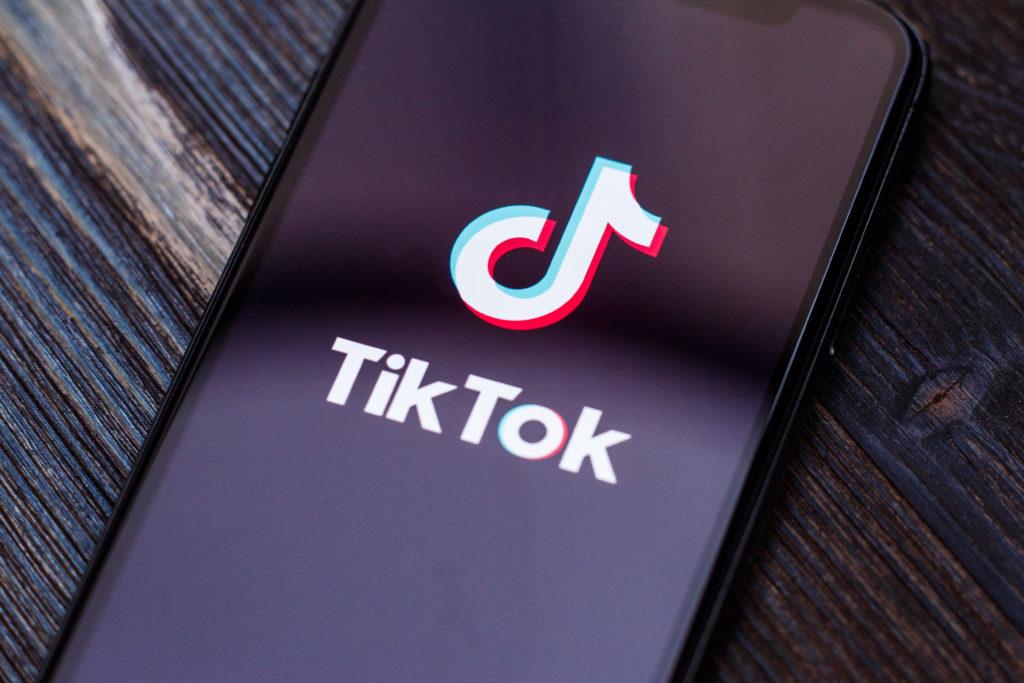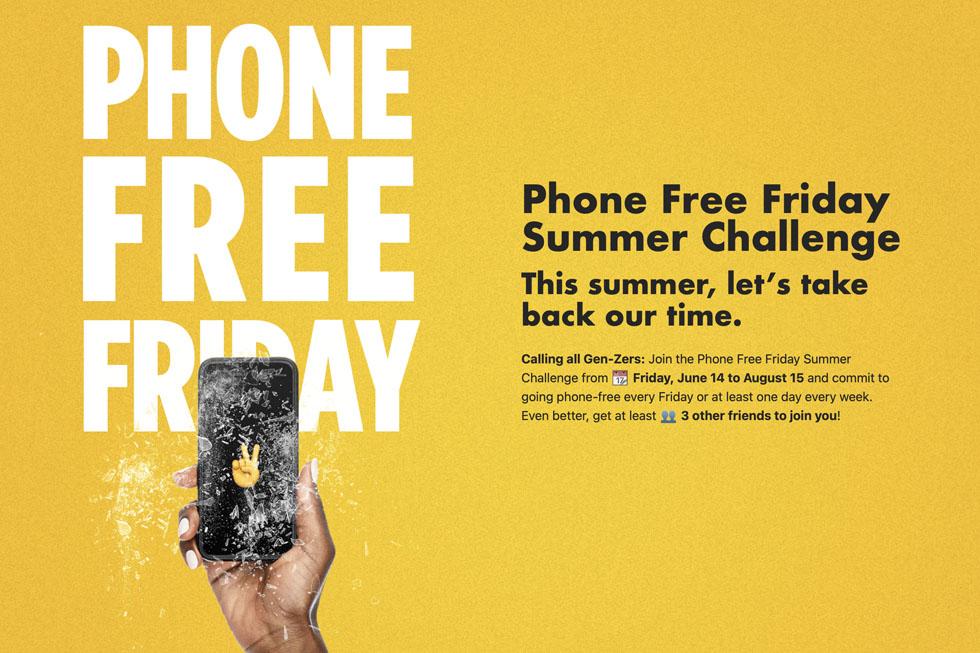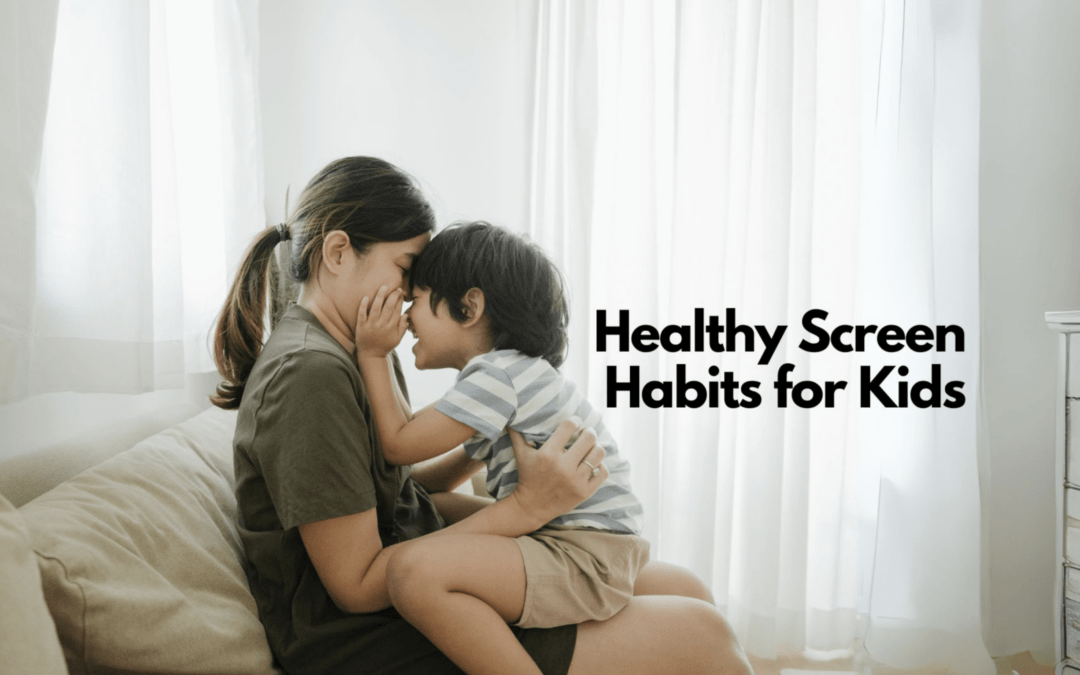
It’s no secret that TikTok has become one of the most popular social media platforms in the world. Kids are spending more time scrolling through their phones than ever before. The app, which displays endless short video clips, has been downloaded 2.6 billion times worldwide – and it’s not just kids who are addicted, it’s adults too! So the big question is what are the effects of TikTok on kids and why is it so addicting? Let’s take a deeper dive.
How does TikTok work?
Simply put, TikTok uses machine learning algorithms to personalize your very own feed known as the ‘For You’ page. That’s right, a machine provides you with infinite videos that are curated for your specific interest based on your previous behavior on the app. TikTok pays attention to every like, comment, and video you watch, so it’s no coincidence that your feed is filled with cute cats. Watching these personalized videos on the ‘For You’ page activates areas of the brain that are associated with addiction, according to one study reported by the Wall Street Journal. The study looked at brain scans of college kids and showed how reward centers lit up as users watched personalized videos rather than general interest videos. This is one reason Forbes referred to TikTok as “digital crack cocaine.” It’s common for users to ignore their external environment as they are completely absorbed within the four corners of their phone. I mean, have you ever tried to ask a teenager a question while their head is buried in their phone?
What is TikTok brain?
Some experts have coined a new term known as TikTok brain. This term refers to the shortened attention span caused by watching countless short clips. These short clips release rushes of dopamine, the feel-good chemical, to the brain. The dopamine hit leaves you wanting more, just like kids in a candy store. Dr. John Hutton, a pediatrician at Cincinnati Children’s Hospital, called TikTok a “dopamine machine” and explains in today’s world, “If you want kids to pay attention, they have to practice paying attention.” We know that the prefrontal cortex, the area of the brain that controls attention, impulse control and memory is not fully developed until age 25. In layman’s terms, youth lack self-control to stop watching videos and transition to more productive activities. Health professionals, educators and parents are worried about kids’ decreasing attention spans.
There has been recent conversation suggesting a link between increasing ADHD (attention-deficit hyperactivity disorder) cases and time spent on TikTok. Although the link is debatable, it is hard to ignore the fact that ADHD rates among young people have been growing. Parents have observed their kids struggling to focus on activities that require longer attention spans such as homework or reading a book. On top of a shortened attention span, kids who spend too much time on their phones are missing out on real life interactions which can stunt emotional and social development. In a study published by JAMA Pediatrics, “children who spent an excessive amount of time in front of screens, whether they be tablets, smartphones, TVs or computers, advanced slower on average by the ages of three and five than kids who had less exposure.”
What can you do as a parent to help?
Before you panic and delete TikTok from your child’s phone, there are a few strategies you can use to help your child put their phone down.
- Parents should speak openly with their kids and educate them about the risks of social media and discuss the pros and cons of apps like TikTok.
- Ensure that kids have well-rounded off-screen activities to participate in.
- Encourage your kids to exercise and play outside.
Research has shown that simply depriving kids of tech does not work rather enforcing screen time and media use rule does. With a parental control app like OurPact, parents may utilize this useful tool to navigate the digital world we live in.
OurPact Keep Your Kids Safe Online
OurPact has many features such as Allowance to set daily screen time limits, App Rules to customize access to apps, and View to see what content your child is interacting with on apps like TikTok. OurPact also includes an enhanced GPS family locator feature that allows parents to set up geo-fences around locations their children frequent like nearby parks, friends’ houses, and their school in which parents are sent an alert within the app when their child arrives and departs every set location. Other features within OurPact include App Blocker whereby parents may block and grant access to specific apps whenever they choose and an adult web filter feature that blocks access to adult websites and custom websites that parents add to their child’s profile within the app.
Although most of the research that has been done regarding social media and the youth is only preliminary, we know that one of the secrets to fighting screen time addiction is providing structure and having open, honest conversations with your child. After all, building trust with our children early on sets the stage for a healthy relationship now and moving forward.
Sources:
Asay, P. (2022, April 4). What is Tiktok Brain? and why should you care? Plugged In. Retrieved July 12, 2022, from https://www.pluggedin.com/blog/what-is-tiktok-brain-and-why-should-you-care/
Jargon, J. (2022, April 11).Tiktok Brain explained: Why some kids seem hooked on social video feeds. The Wall Street Journal. Retrieved July 12, 2022, from https://www.wsj.com/articles/tiktok-brain-explained-why-some-kids-seem-hooked-on-social-video-feeds-11648866192
Koetsier, J. (2022, April 14). Digital Crack cocaine: The science behind TikTok’s success. Forbes. Retrieved July 12, 2022, from https://www.forbes.com/sites/johnkoetsier/2020/01/18/digital-crack-cocaine-the-science-behind-tiktoks-success/?sh=5d56a19c78be


